The Moots Routt YBB gravel bike: a soft-tail gravel steed for the rowdiest days
"My lower back has rarely been so happy" - 20mm of travel in the rear makes for a plush ride
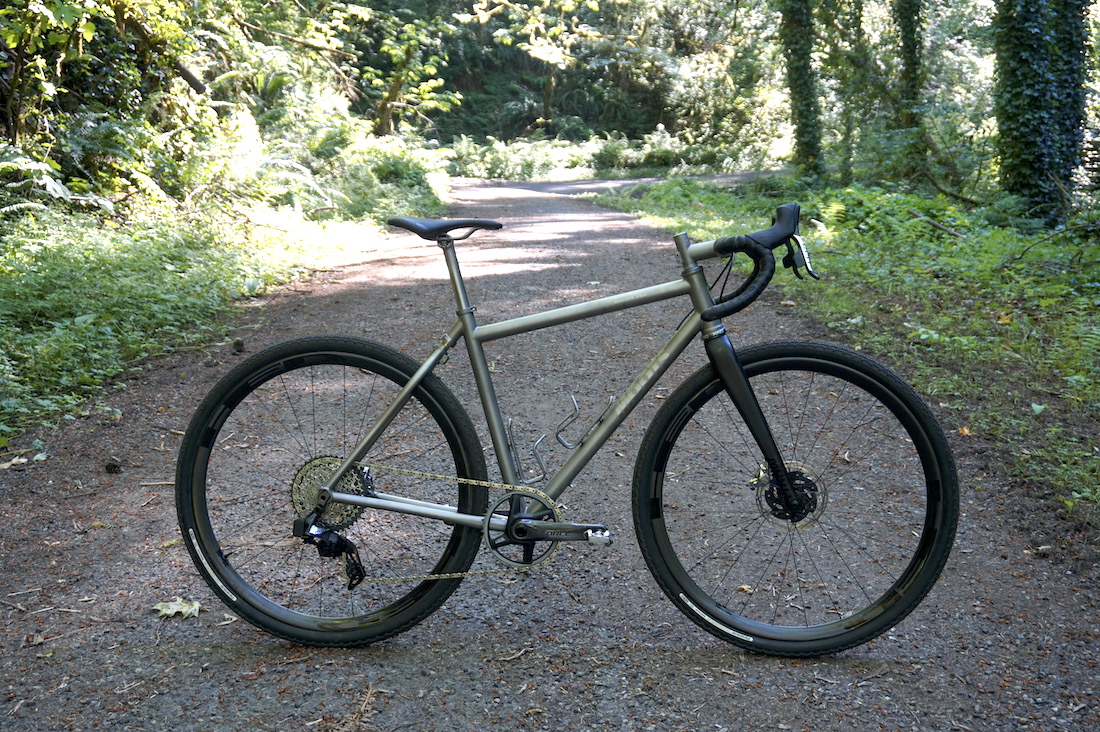
The Routt YBB is not a racer, but if you're seeking an adventure partner that can go with you anywhere you choose, and prioritize capability and comfort over speed, the Routt YBB won't disappoint.
-
+
Micro suspension + ti make for a very plush ride
-
+
Suspension offer control and grip
-
+
Good Spec options
-
+
Durable
-
+
And all-around confidence inspiring ride
-
-
This is a gravel bike for those seeking adventure over speed
-
-
This bike doesn't come cheap
- -
You can trust Cycling Weekly.
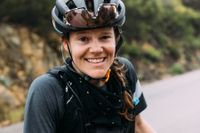
Once a middleman caught between a road bike, a cyclocross bike and a mountain bike, these days, gravel bikes have a spectrum of their own. On the one end, you've got the performance-oriented steeds that are basically road bikes with bigger tire clearance. While on the opposite end, you'll find the highly capable adventure rigs that are more akin to the 1990s-era mountain bikes than their drop bar, skinny-tired siblings.
Among the latter, rider isolation or suspension technologies are becoming increasingly common. These technologies are meant to provide more traction while being gentler on the body and less fatiguing, providing an overall more comfortable and enjoyable off-road riding experience. Specialized, in introducing their dual-suspension Diverge STR last fall, also claims suspension to be faster than a fully rigid bike.
Between the aftermarket Redshift and Kinekt suspension stems and seat posts, Specialized's FutureShock technologies, Lauf's unique suspension fork, Niner's MCR full-suspension gravel machine, and the many gravel-oriented suspension forks now on the market, it seems that gravel suspension is a continuing trend. But it's nothing new. Most of these technologies originated in the mountain bike world, and the Moots Routt YBB, the subject of this review, is no exception. This gravel steed features the tried-and-true YBB rear-end suspension mechanism that dates back to 1986.
By combining the smooth ride quality of titanium with a little bit of rear-end suspension, Moots hopes to offer "the smoothest ride gravel has to offer." We went to find out for ourselves.
The Moots Routt YBB
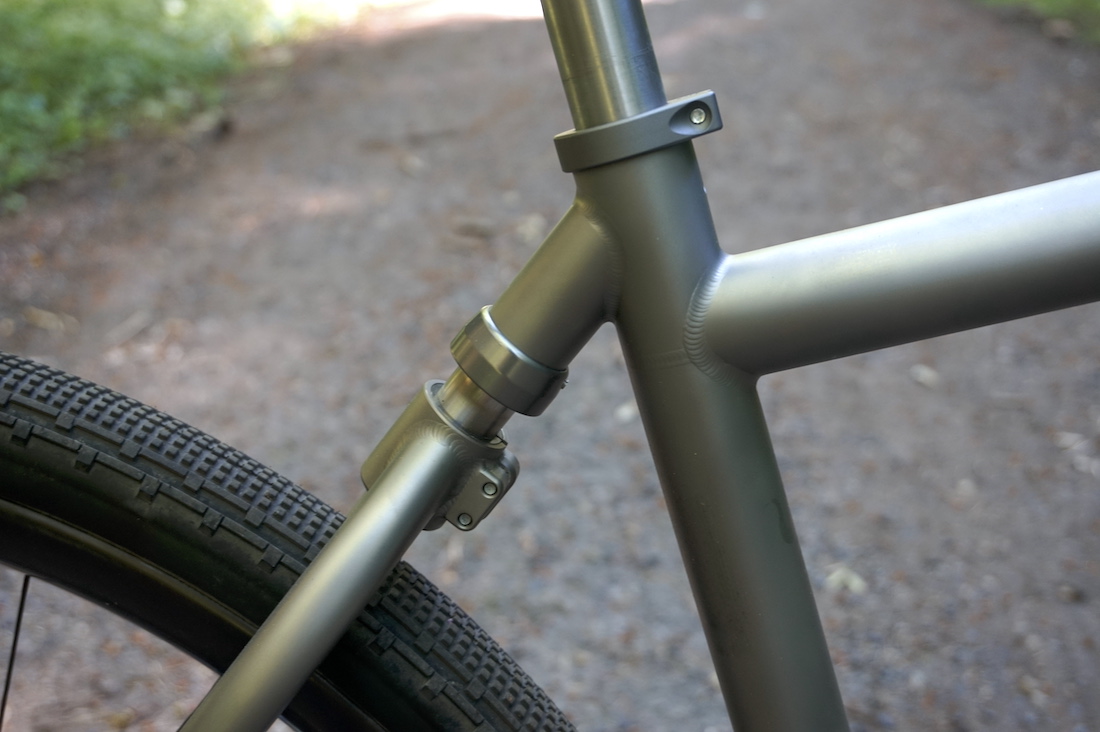
Moots, the now-renowned hand builders of high-quality titanium bicycles, was founded by Kent Eriksen in 1981, deep in the Rocky Mountains. After ten years of welding steel frames, Moots swapped over to titanium and hasn't looked back since. For 30 years, the brand has been built exclusively with titanium —and U.S.-made aerospace grade at that— and is praised for its fine craftsmanship, supple ride quality, and "dream bike" status. Even in a time when other performance brands switched to carbon, Eriksen maintained the belief that only titanium can provide the best performance and ride quality
Eriksen, a Mountain Bike Hall of Famer, pioneered his innovative YBB (Why Be Beat) soft-tail suspension design in 1986, and it would soon become the brand's signature. The YBB suspension is a simple pivotless, spring-and-elastomer micro-suspension system that is housed in the frame's rear monastery, an inch or two below the seat collar. It offers 20mm of travel — just enough to smooth out the gravel road's bumps and vibrations.
Moots was perhaps a tad ahead of the curb when it introduced the Routt gravel bike in 2014. Made for the many gravel roads around its Coloradan home base, the Routt was an adaptation of the brand's Psychlo X cyclocross bike featuring longer chainstays and wheelbase for bigger tire clearance, a slacker head angle, and a taller headtube.
The latest race content, interviews, features, reviews and expert buying guides, direct to your inbox!
There are currently four different models of the Routt, ranging from the beefy, 2.4"-tire-clearing Routt ESC (Escape) to the Routt RSL (Race Super Light), the gravel bike "with race tendencies." The Routt YBB sits in the middle and is presented as an enticing option for riders seeking a blend of comfort and performance.
The Moots Routt YBB at a glance
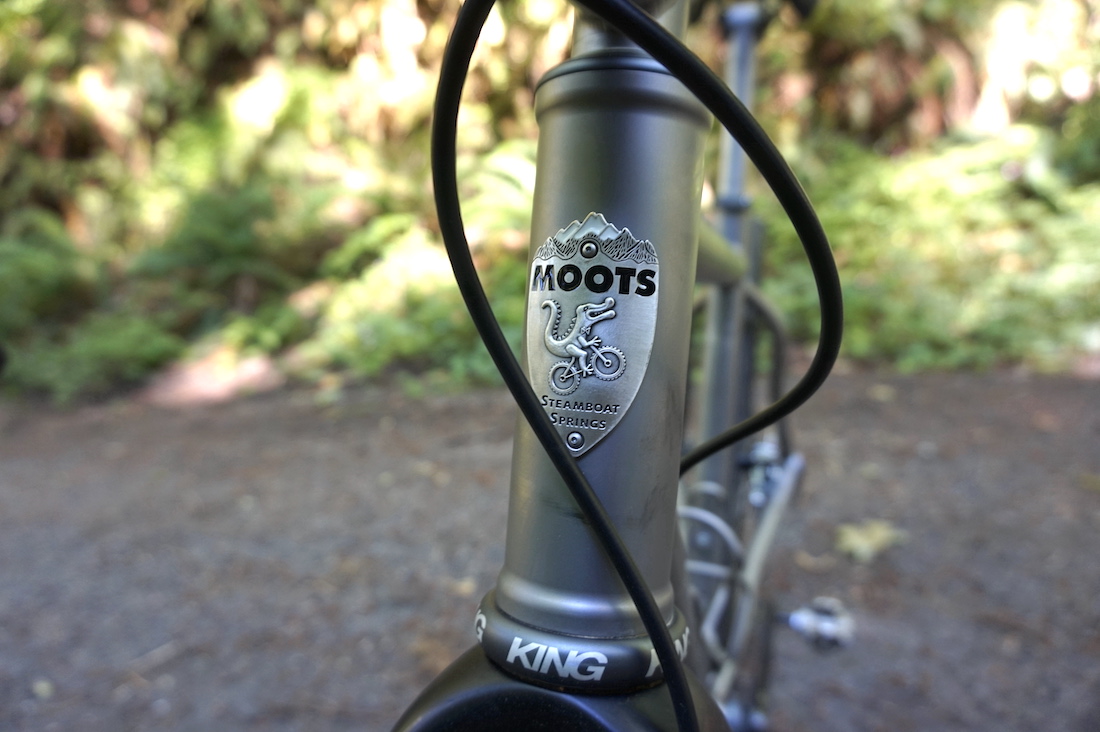
- Frame is made from the finest US-made, seamless 3/2.5 titanium
- Carbon Fork
- 20mm rear travel via the YBB suspension
- 3D printed dropouts for precise rear wheel and brake alignment and flat-mount disc brakes
- Wheel Size: 700c or 650
- Max tire clearance: 700 x 45 or 650b x 50mm
- Bottom bracket: 68mm threaded
- Seat tube: 27.2mm
- Three water bottle mounts
- Hidden fender mounts
- Frame weight: 1,660g (54mm, claimed)
- Sizes available: 7
Our test bike had:
- a SRAM Red XPLR drivetrain
- Chris King Headset, BB and wheelset
- Panaracer GravelKing tires
- Price, as tested: $12, 929.00
Riding the Moots Routt YBB
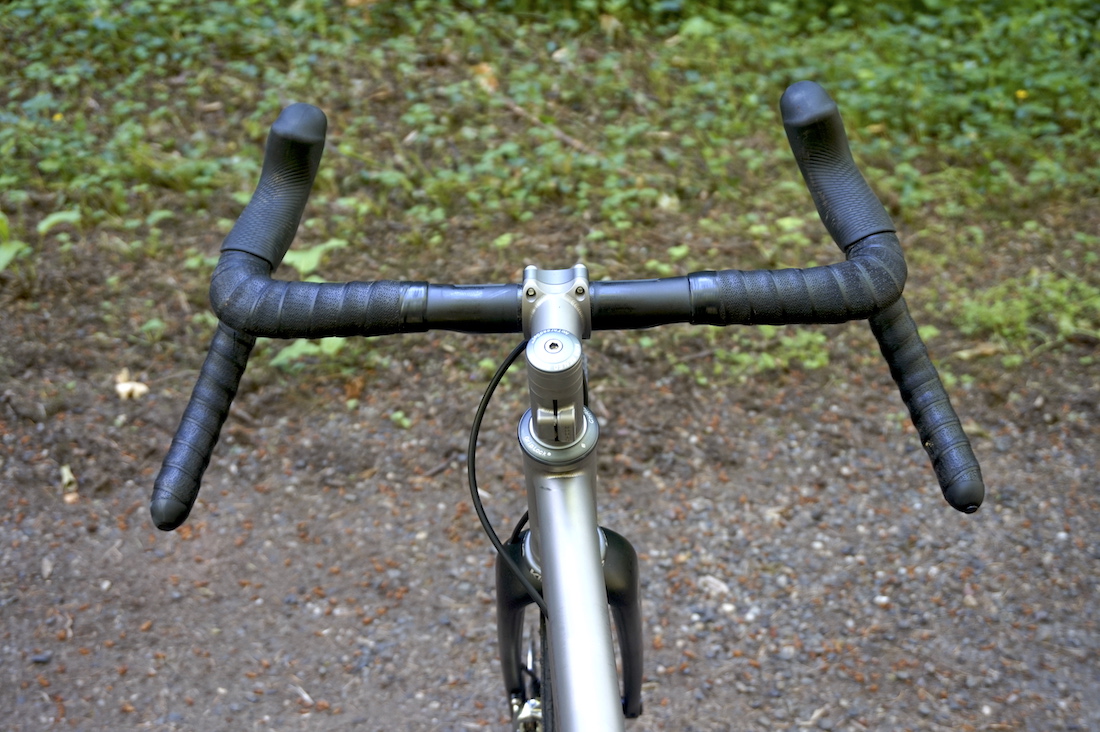
The titanium advantage:
Like all Moots frames, the Routt YBB is made from the finest U.S.-made, seamless 3/2.5 titanium on the market. Non-corrosive, lighter than steel, stronger than aluminum, easier to work with than carbon, and dampening by nature — titanium may just be the ideal material for gravel bikes tasked with conquering rough terrain.
When shaped by experts such as Moots, the ride quality of titanium knows no rival. Thousands of words have been written trying to explain this almost mythical ride quality, but it's one you simply have to experience for yourself. While titanium comes with a significant price tag, ti frames — the Moots Routt YBB included— are built to last, making the frame an investment into a durable, reliable gravel companion for life.
Cost aside, the only cons frequently associated with titanium frames is that they're heavier and less snappy than their carbon counterparts. While short chainstays and an aggressive, race-oriented geometry can certainly liven up a ti frame, they won't be quite as efficient, stiff or all-out-speedy as a carbon frame. Though the "smooth is fast" argument can certainly be made.
While not a dull ride by any means, the Routt YBB does lack the responsiveness you get from some of the more race-oriented RSL Moots bikes. But where it lacks in snappiness or agility, it makes up for in smoothness. The overall takeaway feeling is that of comfort and confidence. The bike inspired long days in the saddle and some adventure rides of a rowdier nature.
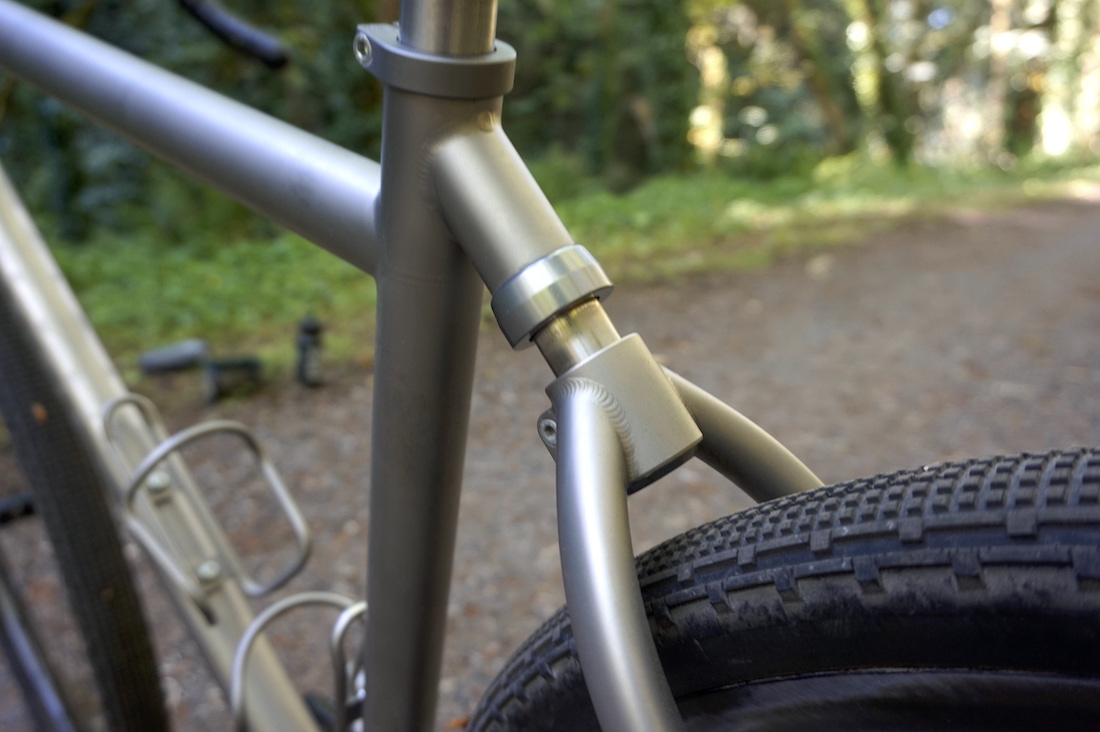
YBB Rear-end Suspension:
The standout feature of the Moots Routt YBB is its rear-end suspension system. The YBB technology offers 20mm travel, intended to take out the sting from roots, bumps, and rough roads, allowing you to ride longer, further, and across more challenging terrain.
The system comes at a weight penalty of just 250 grams, which is significantly lighter than an aftermarket suspension seat post.
Neither too soft nor too harsh, the suspension felt pleasantly dampening rather than squishy, but it did take a ride or two to get used to. On my first YBB ride, I must have checked my rear tire for a puncture at least half a dozen times.
Once I got used to the plushness of the ride, the YBB stood out on the descents more than anything. I generally prefer a snappy, lively bike — especially on the flats, around corners and on the uphill. Here, I found that the YBB didn't really add to my ride experience. But on the rough downhills is where the suspension shone. Between the wide-barred Enve cockpit and the YBB suspension, the Routt YBB gave me tremendous control and confidence on the downhill. Taking the bike down some of my favorite singletracks, I noticed that the rear-end suspension kept me planted, allowing me to corner with more speed, stay in control over ruts, and have a chatter-free thrill of a ride.
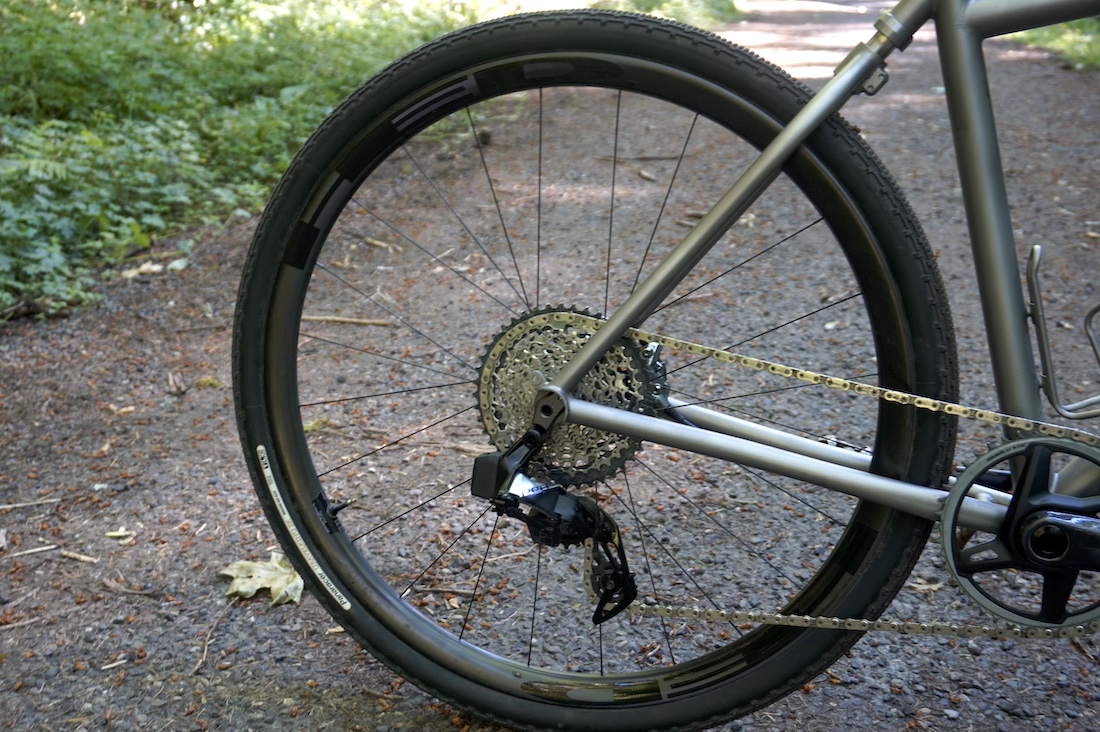
Tire clearance, versatility & thoughtful touches:
The Routt YBB offers generous tire clearance, allowing riders to fit up to 700x45c or 650x50b tires, which should be plenty for even the roughest of rides. The third water bottle mount option is almost a must-have now that gravel events go into the 200- and 300-mile distances, and rides can get pretty darn remote. And the hidden fender mounts behind the fork and seat stay bridge are a nice touch and one that this Pacific NorthWET resident especially appreciates,
Craftsmanship:
Moots is renowned for its meticulous craftsmanship, and the Routt YBB is an absolute beauty to look at. From the precision welds to the etched logos, the attention to detail makes for a refined aesthetic with a gorgeous finish. Each Routt YBB is handmade in their Colorado-based facility, offering customization options to suit individual preferences. From custom geometry and finish options to additional features like rack mounts, Moots enables riders to personalize their bikes to suit their specific needs and tastes.
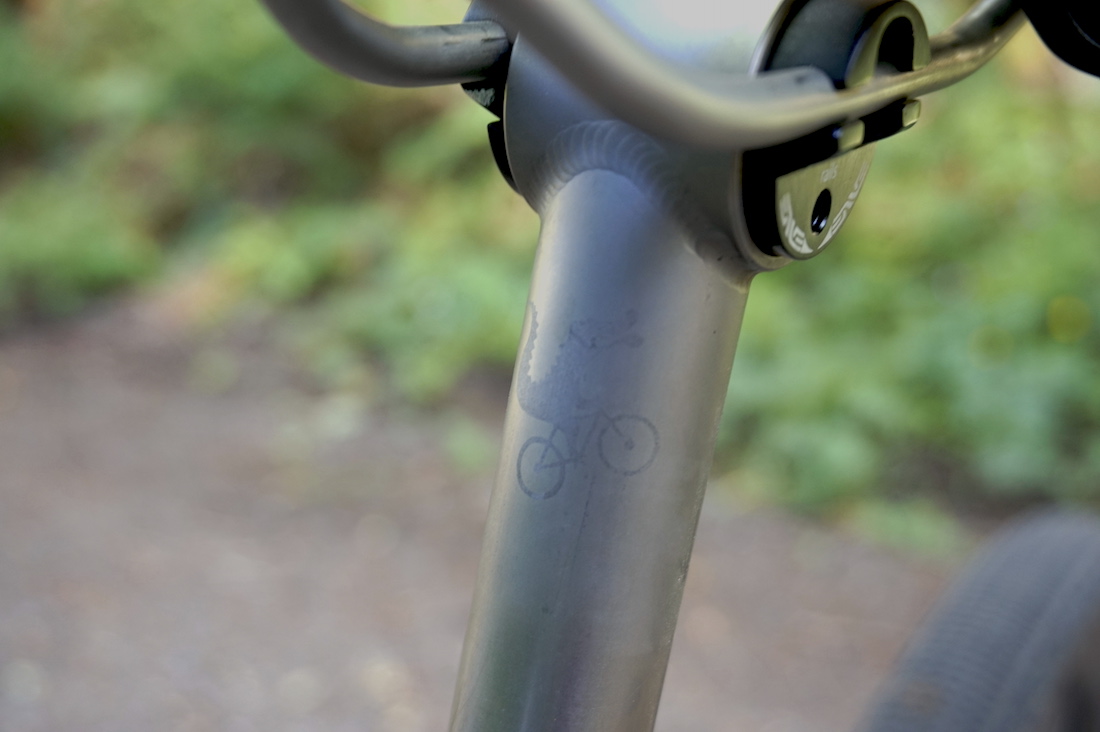
The Moots YBB comes with a Moots titanium seatpost
The Handling:
The Moots Routt YBB is definitely made for the rowdier or more exploratory end of the gravel spectrum. Sitting on the slacker end of the Moots Routt family, the geometry of the Routt YBB strikes a balance between comfort and liveliness, stability and agility. Its longer wheelbase provides stability on uneven terrain, while the shortened chainstays keep the spiritedness alive. It's not a racer that helps you win the holeshot or the sprint for the city limit sign, but it does like to keep going at a good clip and will rail around loose corners. It's a confidence booster on high-speed or technical descents, and your lower back will thank you for that bit of suspension in the rear.
As a known underbiker, the Routt YBB is perhaps a bit too much bike for me. I prefer something on the nimbler, snappier, and playful side. That's not to say I didn't have fun on the Routt YBB; I just don't need the slacked-out front end or suspension (— though my body might disagree with that statement.) But if you're looking for all-day comfort and a capable bike to explore the trails and paths less traveled, the Routt YBB is a stunning option.
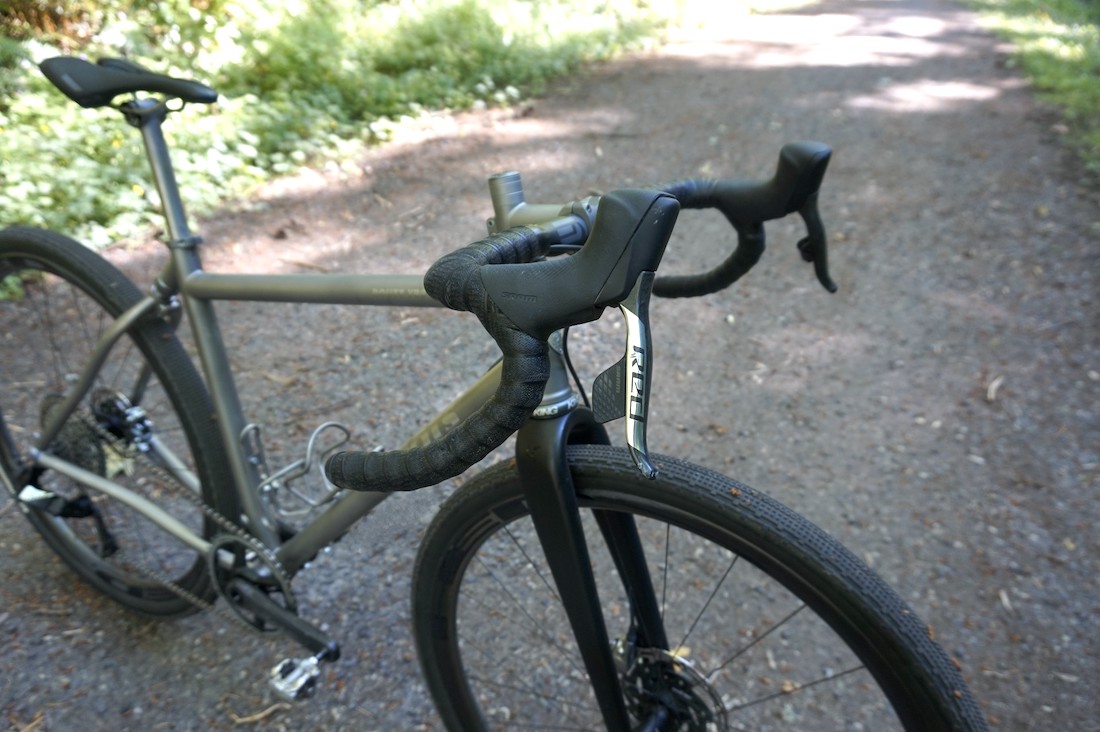
Value & Verdict
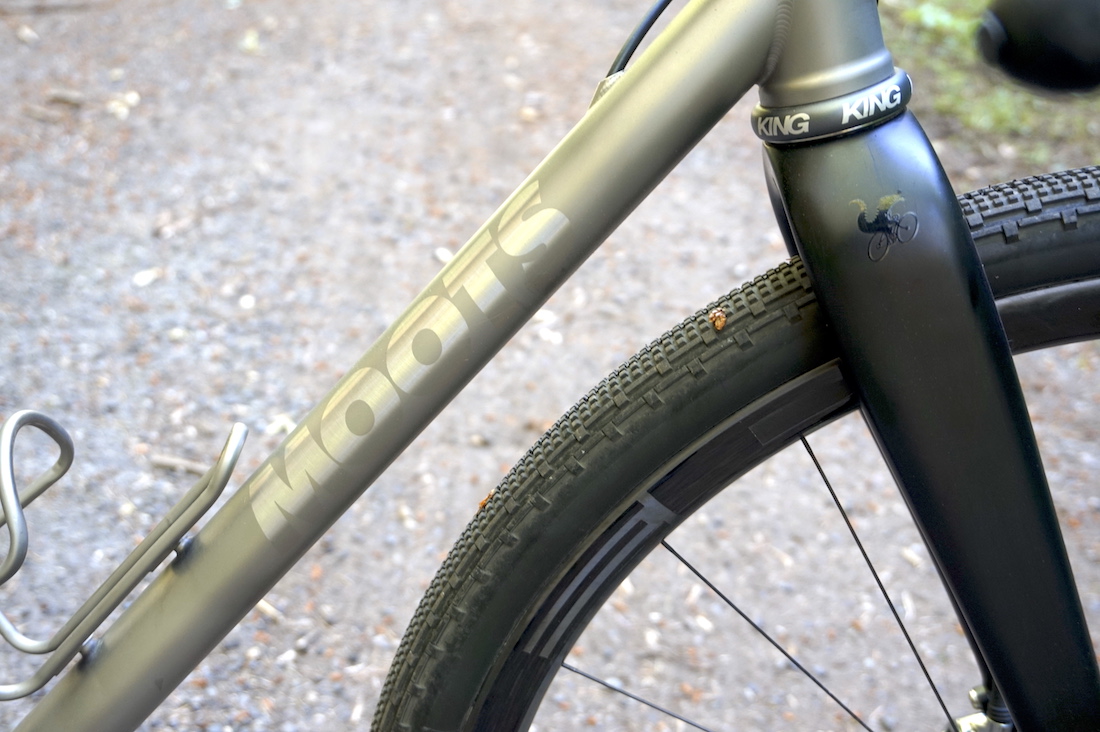
Titanium, handcrafted, premium build. When you're getting a Moots, you know you're making an investment for a longtime companion. The Moots Routt YBB starts at $10,262 and only goes up in price based on your component package and finish. Unfortunately, Moots belongs in the "dream bike" category that's inaccessible for most of us. But for those who can afford it, the Routt YBB will be a long-lasting, smile-inducing, adventure-loving, go-anywhere travel companion.
Moots Routt YBB - Gallery



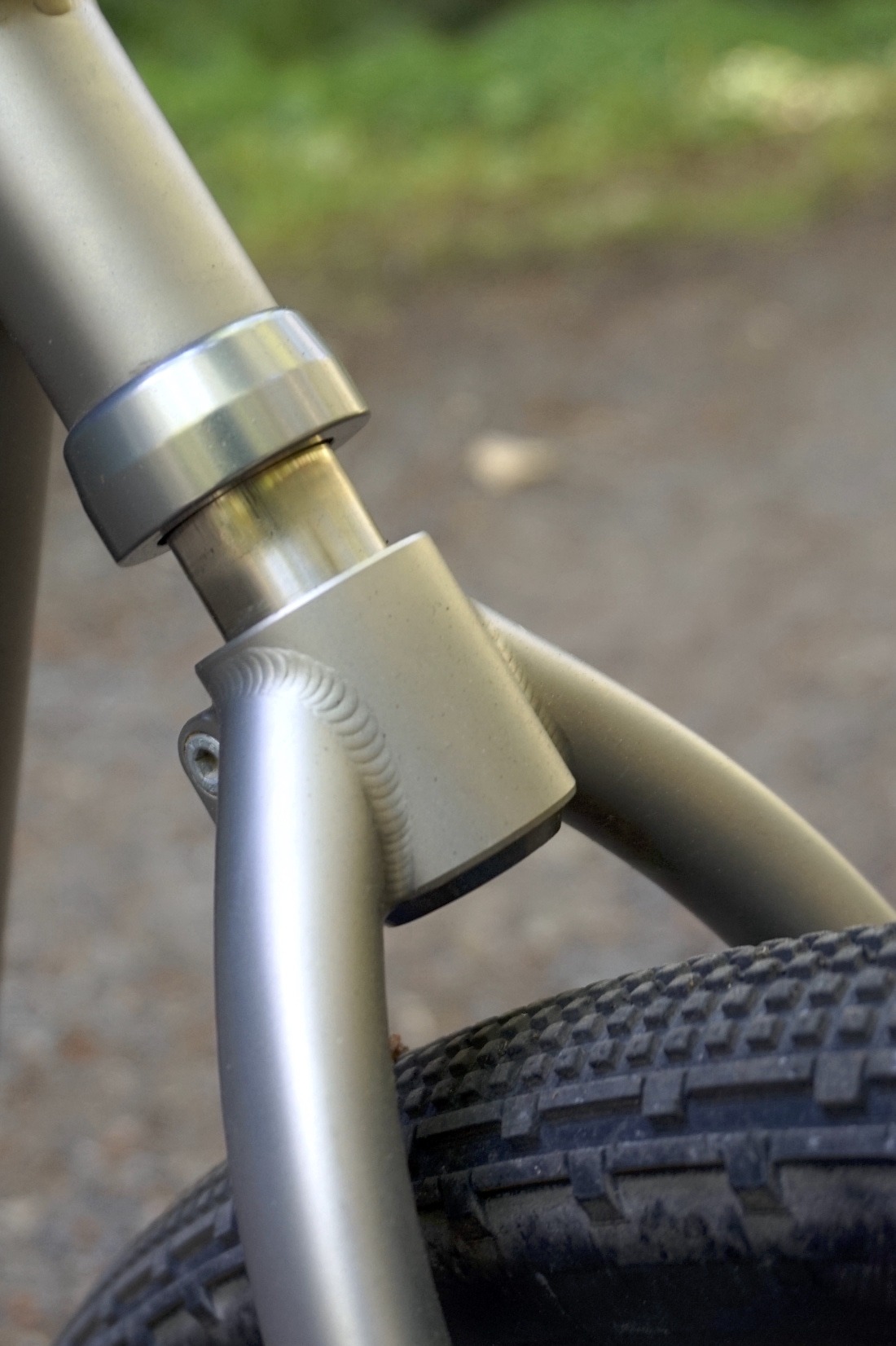


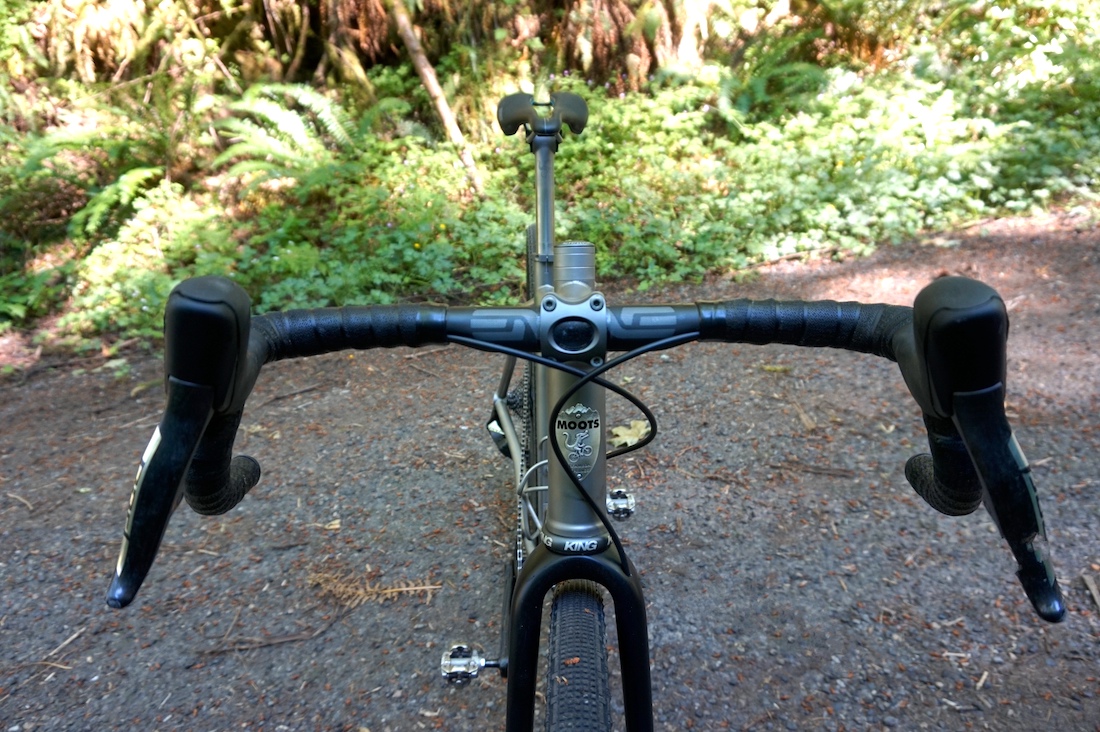
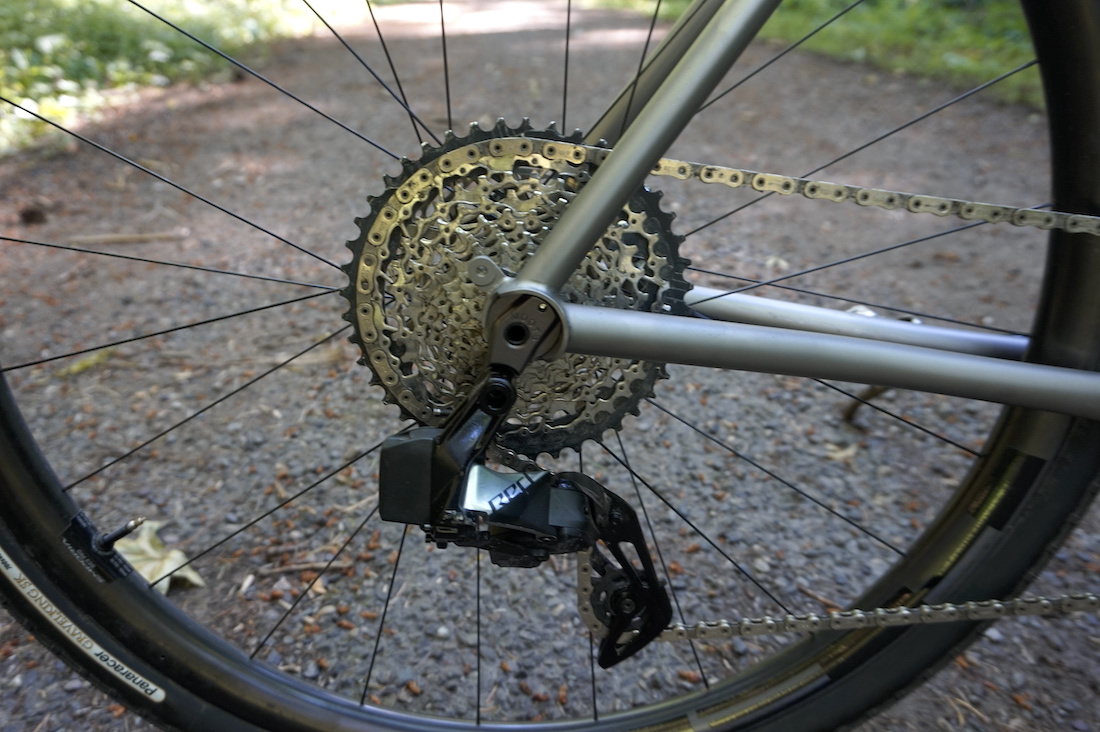








Thank you for reading 20 articles this month* Join now for unlimited access
Enjoy your first month for just £1 / $1 / €1
*Read 5 free articles per month without a subscription

Join now for unlimited access
Try first month for just £1 / $1 / €1

Cycling Weekly's North American Editor, Anne-Marije Rook is old school. She holds a degree in journalism and started out as a newspaper reporter — in print! She can even be seen bringing a pen and notepad to the press conference.
Originally from the Netherlands, she grew up a bike commuter and didn't find bike racing until her early twenties when living in Seattle, Washington. Strengthened by the many miles spent darting around Seattle's hilly streets on a steel single speed, Rook's progression in the sport was a quick one. As she competed at the elite level, her journalism career followed, and soon, she became a full-time cycling journalist. She's now been a journalist for two decades, including 12 years in cycling.